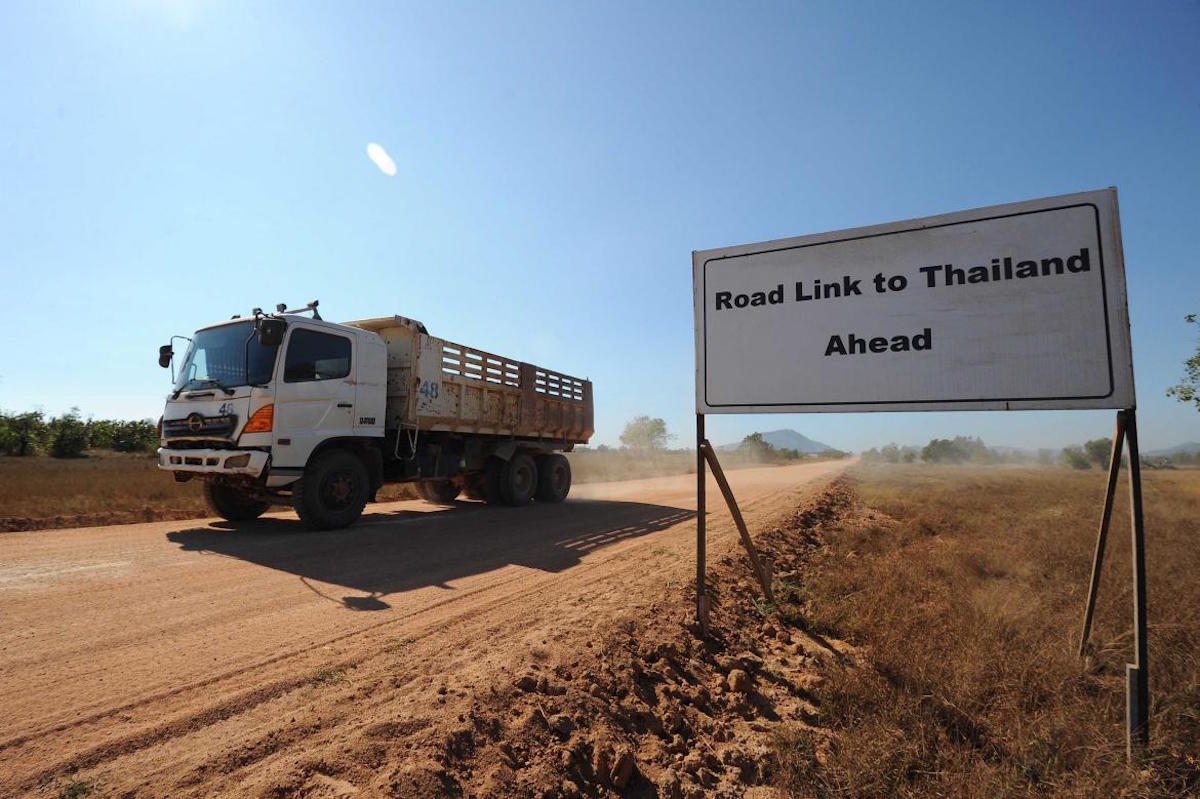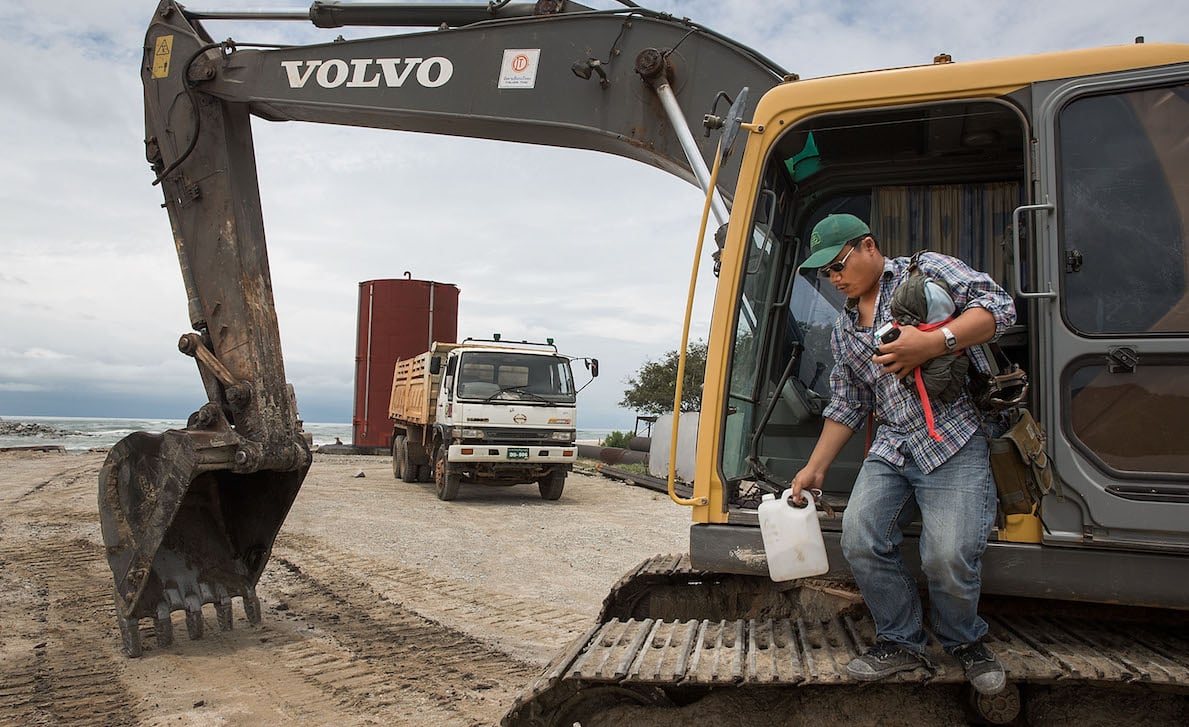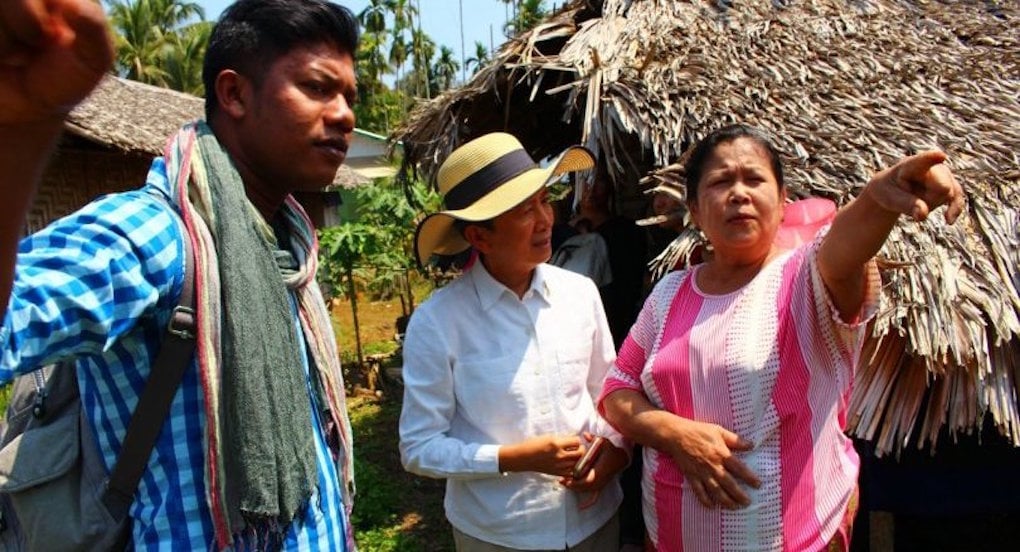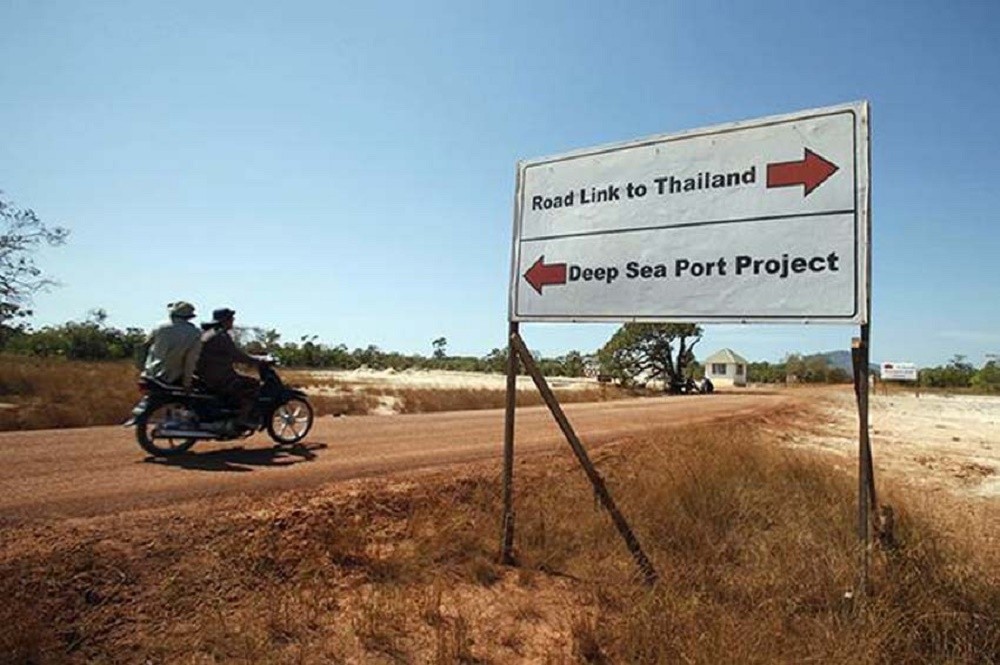US$144.54 million loan approved from Thailand for the Dawei-Hteekee highway, which will connect Dawei SEZ to the kingdom.
Tag: Dawei SEZ
Dawei SEZ to be developed in full
The Dawei Special Economic Zone (SEZ) will be developed in full to accelerate its completion after a five-year delay.
Japan Conducts Survey to Revive Dawei SEZ
Japan is surveying to revive the long-delayed Dawei Special Economic Zone (SEZ) project, says deputy commerce minister U Aung Htoo
JICA draws up development plan for Tanintharyi and Dawei SEZ
Japan International Cooperation Agency (JICA) will take the lead in the drafting of the master plan for Tanintharyi Region, according to a representative from JICA.
Communities demand transparency and participation in Dawei SEZ
Following their visit to Dawei, the National Human Rights Commission of Thailand (NHRC) will is invite members from Thai companies – Myanmar Pongpipat company and Italian-Thai Development company – to discuss the community’s recommendations.
Law needed to regulate Thai investors’ abuses abroad: Thai, Myanmar groups
COMMUNITY groups in Thailand and Myanmar have urged protection of human rights and prevention of environmental impacts – after Thai entrepreneurs were reported to have carried out abusive and environmentally damaging acts in neighbouring countries.
Tanintharyi officials say work on Dawei SEZ could restart
Regional government officials visited Japan last month to discuss that country’s potential participation in the SEZ and reported strong interest.
Asia: Heading towards a seismic shift
In a decade’s time, visitors to Asean, South and North Asia may find their personal experiences in their respective destinations differ quite drastically.
Each Asian nation is busy operating at its own pace, plotting a new stage of economic development and growth – despite ongoing global economic uncertainty.
In the process of this seismic shift, some countries have chosen to work in partnerships while others are tackling the challenges alone. All of them reflect Asia’s unique aspiration to take on global competitive pressure. Some nations aim to get out of the middle-income trap, while others want to secure a higher standard of living for their people.
The road to Dawei is paved with empty promises
Burma’s State Counsellor and Foreign Minister Aung San Suu Kyi will meet with Prime Minister Gen Prayut Chan-o-cha to discuss bilateral issues focused on trade and economic cooperation during her visit to Thailand on 23-25 June. Meanwhile, the Thai government has announced yet again plans to put the long-delayed Dawei Special Economic Zone (SEZ) project higher on its agenda.
In 2012, Suu Kyi visited Thailand on her first trip outside of Burma in 24 years. She met with Burmese migrant workers in Mahachai, Samut Sakhon province, which has the largest migrant community in Thailand. At that time, she promised to do her best to improve the country’s economy so that migrant workers would have jobs to return home to in Burma.










